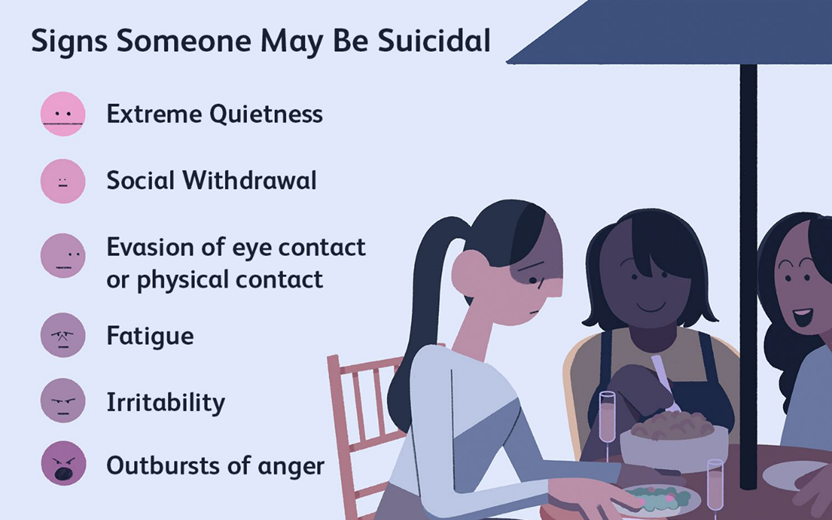A public health nurse and a community team are working on a community diagnosis. Which of the following would be considered a community diagnosis?
Impaired transferability
Disturbed sleep pattern
Risk for infection
Alteration in family health management
The Correct Answer is D
Choice A: Impaired Transferability
Impaired transferability typically refers to an individual's difficulty in moving from one place to another, often due to physical limitations. This is a personal health diagnosis rather than a community diagnosis. Community diagnoses focus on broader issues that affect the health of the entire community rather than individual health problems.
Choice B: Disturbed Sleep Pattern
A disturbed sleep pattern is an individual health issue that affects a person's sleep quality and duration. While sleep issues can be prevalent in a community, this term is more commonly used in individual health assessments. Community diagnoses address collective health concerns that impact the community as a whole.
Choice C: Risk for Infection
Risk for infection is a term used to describe the potential for an individual to develop an infection. Although infection control can be a community health concern, this term is generally used in the context of individual health assessments. Community diagnoses would focus on factors contributing to the spread of infections within the community.
Choice D: Alteration in Family Health Management
This is the correct choice. Alteration in family health management refers to changes or challenges in how families manage their health and well-being. This can include issues such as access to healthcare, health education, and support systems. As a community diagnosis, it addresses the collective health management practices of families within the community, making it a broader public health concern.
Nursing Test Bank
Naxlex Comprehensive Predictor Exams
Related Questions
Correct Answer is C
Explanation
Choice A: "I Think That I Missed Two Math Tutoring Classes Last Week, But I Can Still Catch Up."
This statement indicates that the client is aware of their academic responsibilities and is optimistic about catching up. Missing a couple of classes is not uncommon, and the client's positive attitude towards catching up is a good sign. This statement does not indicate an immediate need for intervention regarding their mental health.
Choice B: "I Have Not Used Drugs in 6 Weeks."
This statement is positive and indicates progress in the client's efforts to stay away from substance use. It shows that the client is making strides towards healthier behaviors, which is a crucial aspect of their overall well-being. This statement does not require immediate intervention but should be acknowledged and supported.
Choice C: "I Don't Have Anyone I Can Talk to About My Problems."
This statement is concerning and indicates a lack of social support, which is critical for someone with a history of depression and suicidal ideation. Feeling isolated and having no one to talk to can exacerbate feelings of depression and increase the risk of suicidal thoughts. This statement requires immediate intervention to ensure the client receives the necessary support and resources to address their feelings of isolation.
Choice D: "I Have Been Participating in My Local YMCA After-School Dance Program Again."
This statement is positive and indicates that the client is engaging in social and physical activities, which can be beneficial for their mental health. Participation in such programs can provide a sense of community, improve mood, and reduce feelings of isolation. This statement does not require immediate intervention but should be encouraged and supported.

Correct Answer is D
Explanation
Choice A Reason:
Assessing the client's wound is a task that requires clinical judgment and expertise, which falls under the scope of practice of a registered nurse (RN) or licensed practical nurse (LPN). Assistive personnel (AP) are not trained or authorized to perform assessments, as these require a higher level of clinical knowledge and decision-making.
Choice B Reason:
Notifying the case manager of the client's wishes for community resources involves communication and coordination of care, which are responsibilities typically handled by an RN or LPN. This task requires understanding the client's overall care plan and the ability to communicate effectively with other healthcare professionals.
Choice C Reason:
Reviewing the client's medications is a task that involves understanding the medications, their purposes, potential side effects, and interactions. This requires clinical knowledge and judgment, which are beyond the scope of practice for AP. Medication review is typically performed by an RN or LPN.
Choice D Reason:
Assisting the client with bathing and oral care is a task that falls within the scope of practice for AP. These activities are part of the basic care tasks that AP are trained to perform. They involve helping the client with daily living activities, which do not require clinical judgment or decision-making.
Whether you are a student looking to ace your exams or a practicing nurse seeking to enhance your expertise , our nursing education contents will empower you with the confidence and competence to make a difference in the lives of patients and become a respected leader in the healthcare field.
Visit Naxlex, invest in your future and unlock endless possibilities with our unparalleled nursing education contents today
Report Wrong Answer on the Current Question
Do you disagree with the answer? If yes, what is your expected answer? Explain.
Kindly be descriptive with the issue you are facing.
